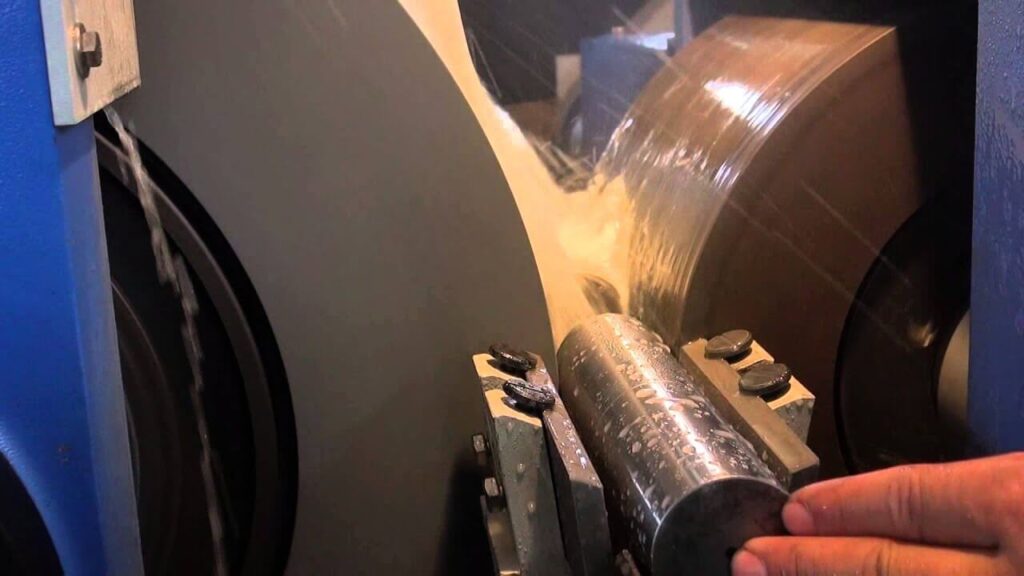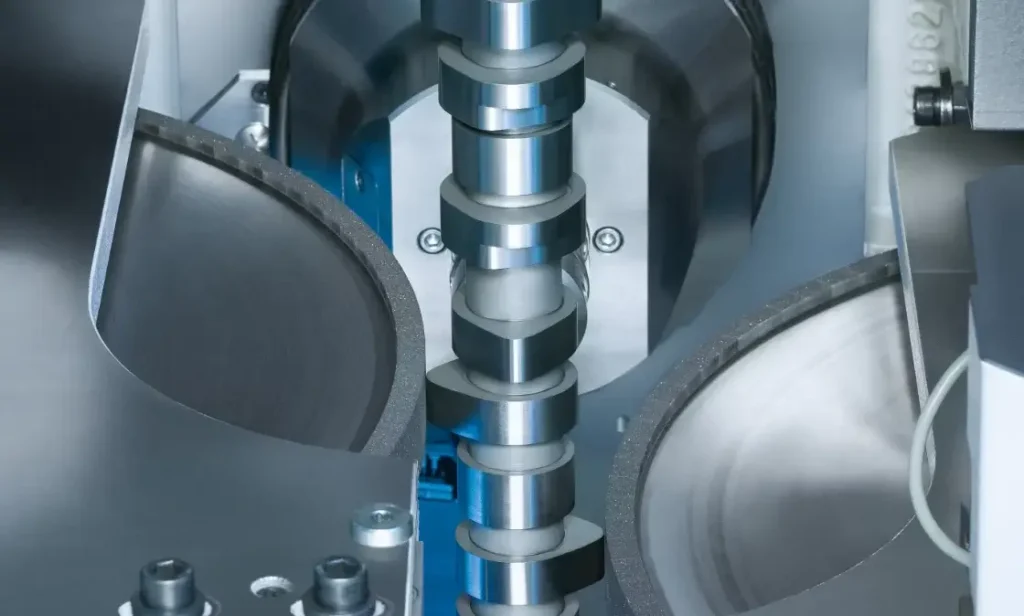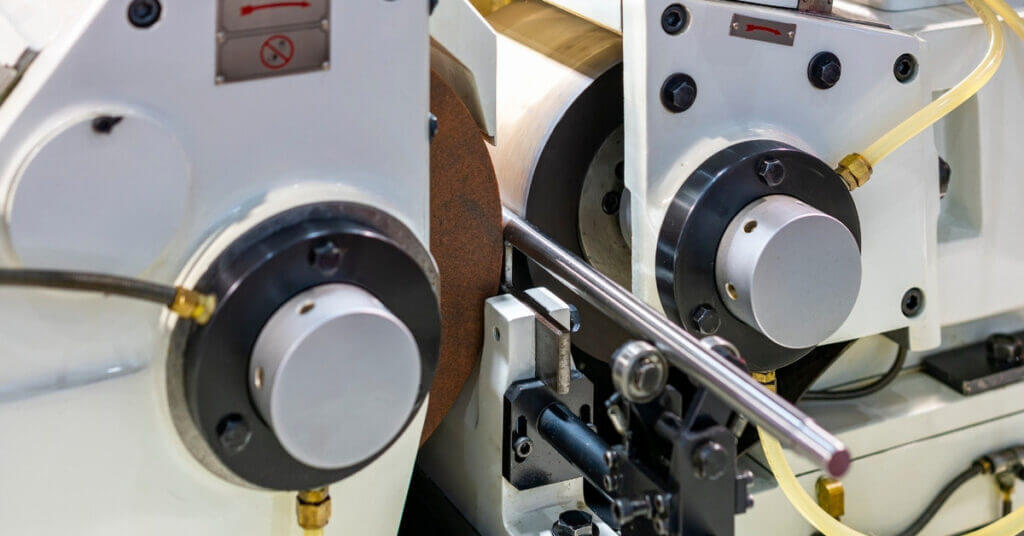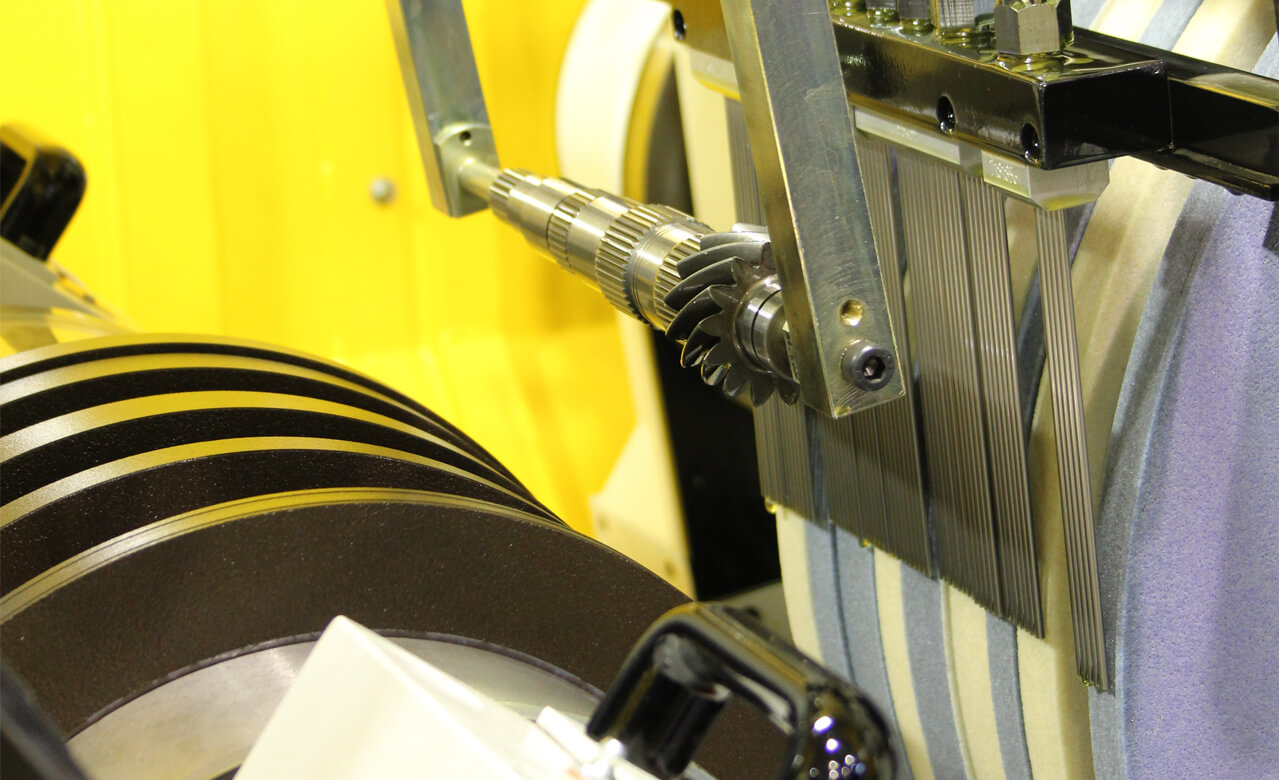An Introduction to Centerless Grinding
Centerless grinding is a machining process that has gained popularity in recent years for its efficiency and precision. It is a method of grinding cylindrical parts without a centering device, hence the name “centerless grinding”.
This article aims to introduce centerless grinding, explain its principles, advantages, and applications in parts.
1.Principles of Centerless Grinding
The core of centerless grinding is to remove material from the workpiece by abrasive cutting. Unlike traditional grinding methods that require a centering device to hold the workpiece in place, this process relies on a workpiece support blade and an adjusting wheel to support the workpiece. The workpiece is placed between these two components, and then the grinding wheel is placed on top of it.
The grinding wheel is usually made of abrasives such as aluminum oxide or silicon carbide and rotates at high speeds as it passes over the workpiece to remove material. On the other hand, the adjusting wheel controls the speed and feed rate of the workpiece and ensures that the workpiece is ground correctly.

2.Main advantages of centerless grinding
1) High-precision grinding of cylindrical parts
Since the workpiece is supported by the work support blade and adjusting wheel, there is no need for a centering device, which can introduce errors and inaccuracies. This makes the process ideal for applications that require tight tolerances and precise dimensions.
2) High efficiency
Unlike traditional grinding methods that require multiple setups and adjustments, centerless grinding can be done in one go. This not only saves time, but also reduces the risk of errors and inconsistencies. In addition, the process achieves high productivity and is suitable for large-scale production applications.

3.Applications of centerless grinding
The process is used in various industries such as automotive, aerospace, and medical.
In the automotive industry, the process is used to grind components such as camshafts, crankshafts, and pistons. In the aerospace industry, the process is used to grind turbine blades, landing gear components, and engine components. In the medical industry, the process is used to produce precision components for surgical instruments and implants.

In summary, centerless grinding is a machining process that offers many advantages over traditional grinding methods. It is a popular choice across industries for its ability to grind cylindrical parts with high precision and efficiency. Whether it is automotive, aerospace or medical applications, the process is a reliable and cost-effective solution for achieving tight tolerances and precise dimensions. As technology continues to advance, the process is expected to develop further, providing even greater precision and efficiency in the coming years.
